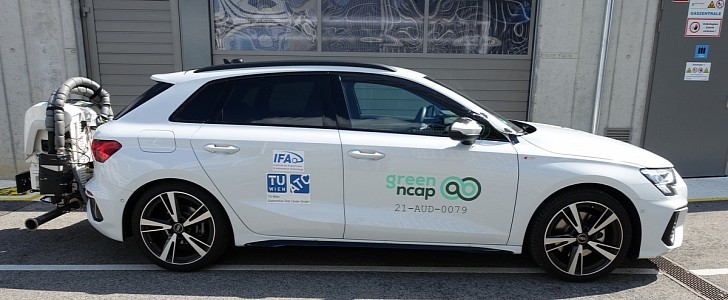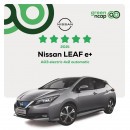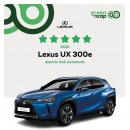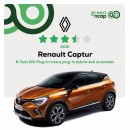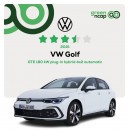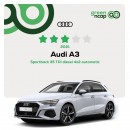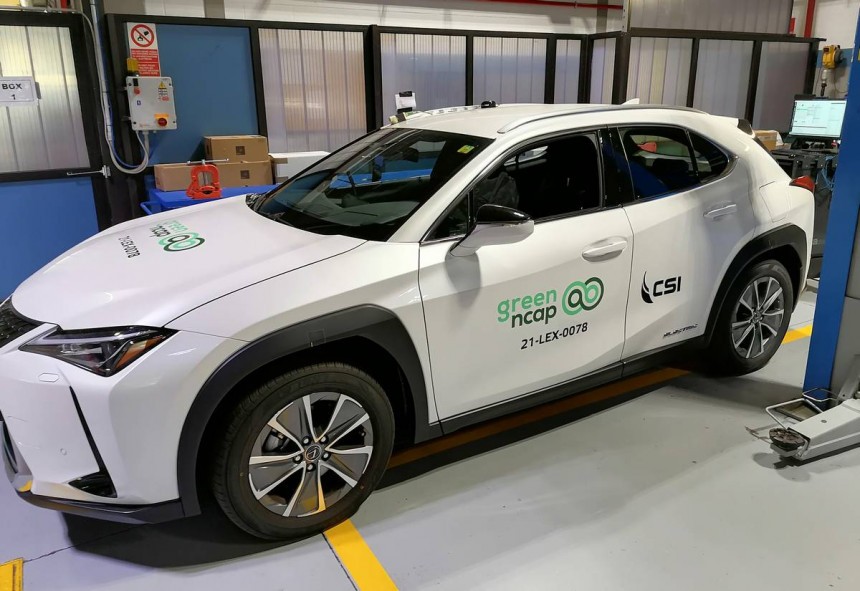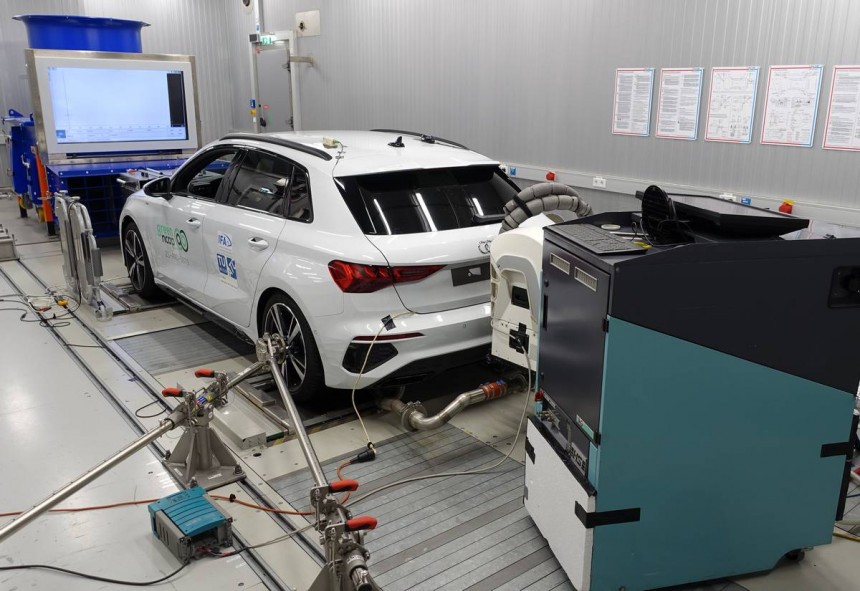Green NCAP released the last tests for 2021 in a five-car batch mixing EVs with turbodiesels available on vehicles sold in Europe and made us wonder why we only have one of them, with a perspective for a second one in the near future.
The European institute Green NCAP evaluates vehicles based on tailpipe emissions. It is unfair enough, but soon it will introduce new rules since there are new challenges. For instance, it is unfair to compare an electric vehicle with a gasoline-powered one in terms of tailpipe emissions. Yet, the European institute took that challenge and evaluated EVs according to their range and energy efficiency. By now, EVs have won. But, starting with 2022, there will be a new set of rules, which will consider the "wheel to well" factor.
Above a certain level, all cars receive a five-star rating, and Nissan Leaf e+ was the best of the November batch. That "e+" represents the upgraded version of the regular Leaf. It features a 62 kWh battery and a 160 kW (215 hp) under the hood, representing an upgrade from its predecessor's 40 kWh and 110 kW (147 hp) motor.
According to Green NCAP, Lexus UX 300e receives a five-star rating thanks to its maximum points granted for its all-electric powertrain. Worth mentioning that it is a two-wheel drive version, and it only lost 0.2 points to Nissan's Leaf due to the energy lost for heating in cold weather. Its declared 54.3 kWh battery pack is good for a declared range of 312 km (194 miles).
Moving on, on the third vehicle tested by the European independent institute, we find the first unavailable eco-friendly vehicle, the French car Renault Captur e-Tech. It is a plug-in hybrid and has a declared range of 50 km (31 miles) electric range before the turbocharged gasoline engine assistance is required. However, real-world tests proved that it can go only 40 km (25 miles) of electric range. Moreover, its clean-air and greenhouse gas index was far from perfect. Yet, they were good enough to send the car in the three-and-a-half star range. This crossover used to be the best-selling vehicle in its segment in Europe.
The fourth vehicle tested is one that Volkswagen should consider selling in the U.S. It is the Golf GTE. This plug-in hybrid provides a combined power of 180 kW (241 hp) and a massive 400 Nm (285 lb-ft) of torque. Its 13 kWh battery pack ensures a declared pure-electric drive of 52 km (32 miles). With its 0-100 kph (0-62 mph) acceleration time of 6,7 seconds, it's clearly no slouch. But Volkswagen considered that we don't need it. Green NCAP noticed that despite the car's gasoline particulate filter, it had a higher emission level than the carmaker stated. That's not something new, but this time is within reasonable limits. Yet, in the end, the Golf GTE got a 3.5-star rating.
The fifth car from Green NCAP's November tests is a purely internal combustion engine vehicle. It is Volkswagen's Golf sibling, the Audi A3 Sportback 35 TDI with an automatic, seven-speed (dual-clutch) S-Tronic gearbox. This oil-burner was granted a three-star rating. It doesn't sport an electric motor to help it and receives a surprising score of 7 points on the green clean air index. Yet, its 3.6 points for Greenhouse Gas Emissions are not that good. Its two-liter turbodiesel powerplant provides 147 hp and 360 Nm (265 lb-ft) of torque. It manages a three-star ranking. This version of the A3 is ok if it stays in Europe, and we do understand why the carmaker doesn't sell it to the States sides of the pond.
In the end, ecologists should be satisfied with the wide range of electric vehicles available on the U.S. market. Yet, some plug-in hybrids could have been very well received by customers, including by those affected by the Dieselgate.
Above a certain level, all cars receive a five-star rating, and Nissan Leaf e+ was the best of the November batch. That "e+" represents the upgraded version of the regular Leaf. It features a 62 kWh battery and a 160 kW (215 hp) under the hood, representing an upgrade from its predecessor's 40 kWh and 110 kW (147 hp) motor.
According to Green NCAP, Lexus UX 300e receives a five-star rating thanks to its maximum points granted for its all-electric powertrain. Worth mentioning that it is a two-wheel drive version, and it only lost 0.2 points to Nissan's Leaf due to the energy lost for heating in cold weather. Its declared 54.3 kWh battery pack is good for a declared range of 312 km (194 miles).
The fourth vehicle tested is one that Volkswagen should consider selling in the U.S. It is the Golf GTE. This plug-in hybrid provides a combined power of 180 kW (241 hp) and a massive 400 Nm (285 lb-ft) of torque. Its 13 kWh battery pack ensures a declared pure-electric drive of 52 km (32 miles). With its 0-100 kph (0-62 mph) acceleration time of 6,7 seconds, it's clearly no slouch. But Volkswagen considered that we don't need it. Green NCAP noticed that despite the car's gasoline particulate filter, it had a higher emission level than the carmaker stated. That's not something new, but this time is within reasonable limits. Yet, in the end, the Golf GTE got a 3.5-star rating.
The fifth car from Green NCAP's November tests is a purely internal combustion engine vehicle. It is Volkswagen's Golf sibling, the Audi A3 Sportback 35 TDI with an automatic, seven-speed (dual-clutch) S-Tronic gearbox. This oil-burner was granted a three-star rating. It doesn't sport an electric motor to help it and receives a surprising score of 7 points on the green clean air index. Yet, its 3.6 points for Greenhouse Gas Emissions are not that good. Its two-liter turbodiesel powerplant provides 147 hp and 360 Nm (265 lb-ft) of torque. It manages a three-star ranking. This version of the A3 is ok if it stays in Europe, and we do understand why the carmaker doesn't sell it to the States sides of the pond.
